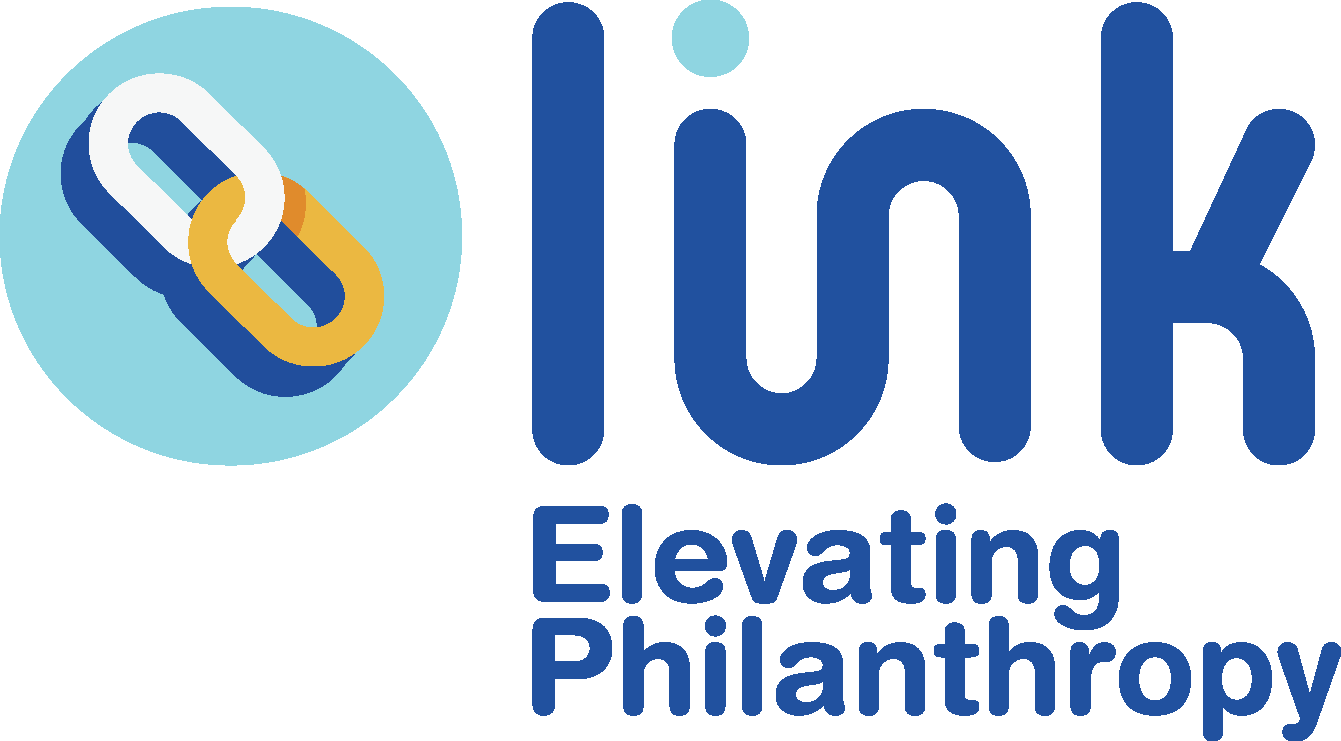Why Annual and Legacy Giving Need To Co-exist
There are so many ways to fundraise for an organization. Really, so many!
From what I have found, most people when they think of raising money for nonprofits, think of the activities that fall into the category of annual giving. It can be broken down into subcategories, such as events (like galas and golf outings), direct mail, phone-a-thons, and major gifts.
So, why are all these areas under annual giving? At its core, it is not about the size of the gift but more so these gifts are given to support a current, or annual, need. These needs support ongoing programs, and the staff and facilities needed to run the organization (and this includes salary, insurance, materials, technology, and on and on).
On the other hand, planned gifts (or, legacy gifts) are funds raised to support a future need. You may be saying - um, what? We need money NOW.
In order to raise money more effectively for an organization it is important to plan out the different avenues of revenue that will be brought in as well and what the current, and future, needs are. Knowing, and being able to express, why you need current support and future support is the key to unlocking the conversations you will have with your donors to raise both types of gifts.
The following is a summary of why annual and legacy gifts need to coexist for a healthy development program.
You will receive more annual gifts than legacy gifts
You will receive the greatest volume, or number, of gifts through your annual asks. Many people will want to support your organization either because they used your services, they came to an event or they are supporting, or honoring a friend or loved one. Yet, not everyone that makes a current gift will want to create a legacy gift. This is because donors that make a legacy gift are philanthropically value-motivated to support your mission. That means there is a connection based on a deeply felt value that the donor feels prompted to make a legacy gift to ensure the future of the organization is secure. Often this can be through an alignment with their family values, either through use of your services (like a grateful patient for a medical center or organization), or circumstances that have impacted their lives.
Also, your donors will likely support your annual campaigns for as long as they support your organization. They may make dozens of gifts over the years, but only one legacy gift. It is the donor’s ultimate gift; their expression of their engagement and connection to your organization.
Your conversation with your donor will be different
Annual gifts center around supporting existing programs and other needs (technology, facilities, staff, etc.). The day to day operations, especially while the organization is young (less than 10years old), is tied to the amount of money that is raised yearly. If you are lucky, you have received grants from foundations or government agencies, and corporate sponsorships that may have provided stability and fueled growth. The unfortunate news is that these grants can’t be relied upon for the future. Foundations and corporations shift priorities, and governmental agencies reduce budgets and change staffs. This is why you need to build a solid annual campaign with diversified revenue streams (events, grants, direct mail, major gifts) to be able to widen your reach, build your donor base, and connection with your donors on different levels. You own your annual campaign and if used properly, it will provide support for your organization every year.
So, you have got yourself a strong annual campaign, or you are on your way there – fantastic! You are not done, though. What happens if you didn’t reach your goal for the year, the golf outing was rained out, the stock markets took a downturn, your largest donor passed away, you outgrew your facilities, and on and on and on. Seriously, this all happens. You need to be prepared.
The way to do that is a strong legacy program, alongside your annual program. Not an afterthought. A vibrant program will broaden your donor base, engage more deeply with supporters and provide financial security for the future of your organization (so that you can continue to do the great work you are doing).
Does your organization devote enough time to nurture both campaigns? Do you feel any areas are not an area of focus or priority? If so, continue checking this blog for resources, join our free closed Facebook group to connect with other professionals looking to increase their planned giving www.facebook.com/groups/everydaypg


